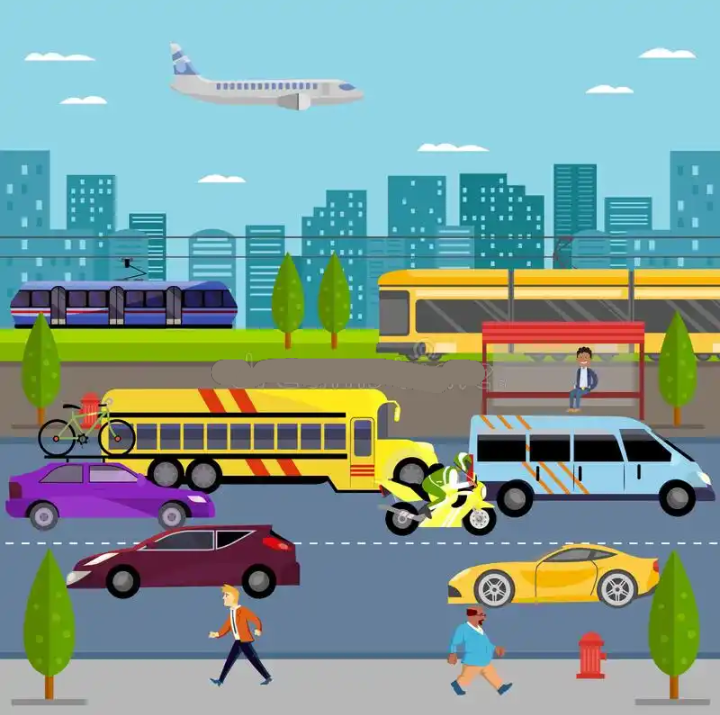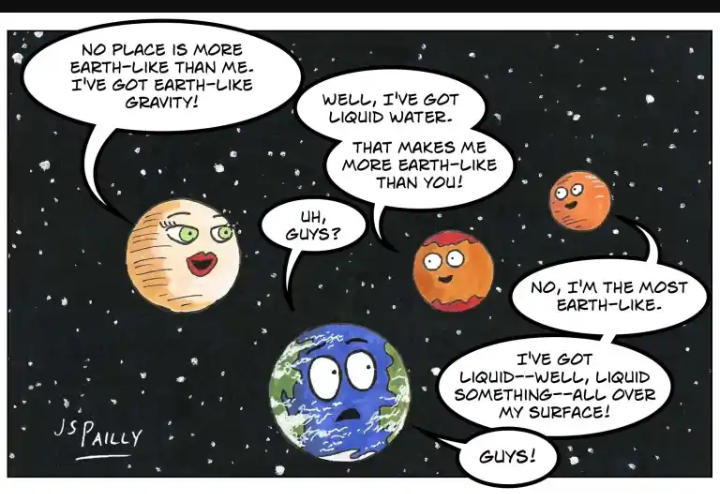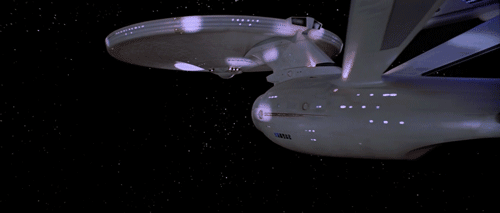Transportation : The Technological Journey So Far
Transportation has been and will continue to be a key necessity of man, including being essential for the development of civilization. For goods, people, services and information to exist in another location, transportation is inevitable. The earliest and basic form of transportation is the kind that involves only the use of human muscle - walking, running and swimming, this kind of transportation was more common during the early stages of man's existence. As man began to evolve, especially socially, there was need for the improvement of the modes of transportation, reasons for this improvement includes comfortability, time saving, energy saving, moving heavier goods, e.t.c.
Domestication of animals made it possible for animals with better physical capabilities to be used for transportation, thus partly tackling the problems involved in relying on only the use of human muscle and it marked the beginning of the use of nonhuman power for transportation.
Like was initially stated, the use of animals partly resolved the problems associated with the use of only human power, the main problems associated with transportation are moving heavier goods, energy and time saving, the latter two being more important and led to the development of efficient and faster means of transportation. This was possible thanks to the advent of science, the introduction of and advances in fluid mechanics, thermodynamics and electricity made it possible to develop efficient and faster vehicles that we observe today being used on/in water, on land, in air and in outer space - rockets/space shuttles.
Despite these achievements, research is still on going, including in other fields of science and engineering to further improve these vehicles.
The current fastest means of transportation is outer space transportation - the use of rockets, the second being air transportation. The reason for outer space transportation being the fastest is because, for rockets to be able to leave our planet, they must be designed to move at velocity that is equal to or greater than the escape velocity of our planet (Earth) - minimum velocity required for a moving object to escape Earth's gravitational influence (escape velocity), this velocity is about 40,320 km/hr and the current fastest air vehicle (air transportation) has velocity of about 3,530 km/hr, notice that it is lesser than the minimum velocity of rockets.
These current transportation vehicles are used within and slightly beyond our planet but we know our planet is one of the millions planets that exist in this vast universe of ours. What if light-years away from our planet, there exists other planetary systems containing planets capable of supporting life ? and that we wished to migrate there, considering the present environmental crisis on our planet (climate change) that might lead to our extinction, how would the migration be possible ?
A planetary system consists of planets orbiting around a central star, just like our solar system. The closet star to our planet called Proxima Centuari, which is believed to have earth-like planet orbiting it, is about 4.25 light-years (40 trillion km) away from our planet and our current fastest vehicle which is a particular kind of rocket/space shuttle, would take about 6,633 years to reach this star, the traveller would be long dead before he/she arrives, in fact, this journey is a generational journey.
Even if we had a vehicle that could move at the speed of light, it still would take a long time, about 4 years to reach this star, the only plausible way is to have a vehicle that moves faster than the vacuum speed of light, this vehicle could reach any place within the universe in a very short time.
Luckily for us and thanks to Albert Einstein's theory of general relativity, scientists have been able to show that it is possible to design a vehicle called a "warp drive" that can make traveling to places astronomically far apart happen in a very very short time. According to general relativity, it is possible to arrange matter in such way that spacetime can be manipulated to achieve faster than light travel without violating the principles of special relativity - nothing can travel faster than the vacuum speed of light. This can be done by first reducing the distance between two points through compression of the space in between the two points and propelling one point through expansion of the space at the back of the propelled point. For clarity, supposing you wish to move from a point neat earth to the closet star (Proxima Centuari), at the point where you originally are - near earth, you place your warp drive which you would be inside, when you start the warp drive, it first reduces the distance between you/your warp drive and the star from 4.25 light-years (about 40 trillion km) to, say 50 km, it does this by compressing the space in between you and the star, and then it expands the space in equal amounts as the compression at the back of you/your warp drive (the front of you is the space between you and the star), this propels you to move towards the star in that short distance (50 km instead of 40 trillion km), it is like riding a wave, like water wave.
We should note that this also affects the time it takes to reach the star, if the distance reduces, so does the time. Calculation shows that this kind of motion with respect to the original distance yields speed that is greater than the vacuum speed of light but this doesn't violate the principle of special relativity, the reason is because according to general relativity, the warp drive would first be trapped in a bubble-like structure (a consequence of spacetime warping around the warp drive) and this bubble-like structure would be formed in such a way that events inside the bubble seems normal, that is, it doesn't seem like you are traveling faster than the vacuum speed of light, in fact, within the bubble you are traveling lesser than the vacuum speed of light. Now, if we assume inside the bubble, the warp drive moved at a speed of about 40 km/hr, then it would take us 1.25 hrs (1hr 15 mins) to reach Proxima Centuari - remember we initially assumed distance was reduced from 40 trillion km to 50 km.
This however is only theoretical and can only be found in science fiction movies such as star trek and star wars (where you see a space ship - warp drive, move as if it disappeared/appeared, especially when they are under attack - see image below), it is yet to be practicalized scientifically, though research is still on going.
If eventually this kind of technology (warp drive) becomes a reality, then it would be the best and fastest mode of transportation ever invented by man. With this technology, some cosmological problems such as the existence of extraterrestrials, what lies beyond our observable universe, e.t.c might be resolved. I guess we would have to wait to find out.
Have a thoughtful day and see you next time.
For further reading
Warp drives: Physicists give chances of faster-than-light space travel a boost
Thank you all once again for stopping by to read my jargons and also thank you @juecoree, @discovery-it and the @Steemstem team for your valuable supports.
Lastly, please don't forget to do the needful
Upvote
Comment
Reblog
If you enjoyed my jargons.





~2.jpeg)
I resonate with your statements. Although we can reach the speed of life, we still need an ample years to reach an destination on our universe. Maybe, we can have lesser time if time warp will be feasible. !discovery 25
This post was shared and voted inside the discord by the curators team of discovery-it
Join our community! hive-193212
Discovery-it is also a Witness, vote for us here
Delegate to us for passive income. Check our 80% fee-back Program
Your content has been voted as a part of Encouragement program. Keep up the good work!
Use Ecency daily to boost your growth on platform!
Support Ecency
Vote for Proposal
Delegate HP and earn more
Thanks for your contribution to the STEMsocial community. Feel free to join us on discord to get to know the rest of us!
Please consider supporting our funding proposal, approving our witness (@stem.witness) or delegating to the @stemsocial account (for some ROI).
Please consider using the STEMsocial app app and including @stemsocial as a beneficiary to get a stronger support.
Congratulations @clinton19! You have completed the following achievement on the Hive blockchain and have been rewarded with new badge(s) :
Your next target is to reach 8000 upvotes.
You can view your badges on your board and compare yourself to others in the Ranking
If you no longer want to receive notifications, reply to this comment with the word
STOPCheck out the last post from @hivebuzz:
Support the HiveBuzz project. Vote for our proposal!